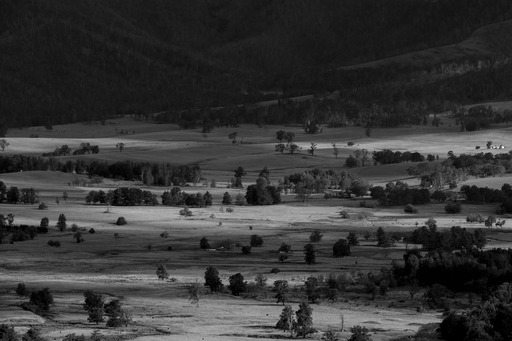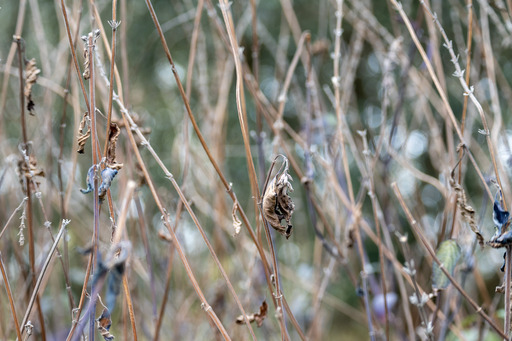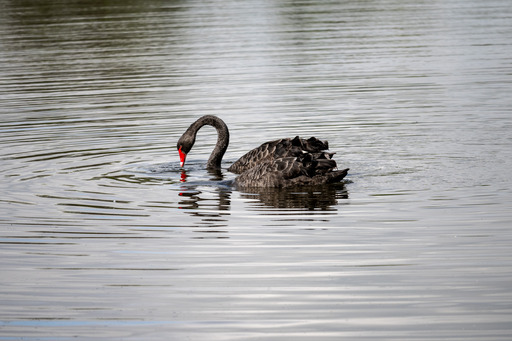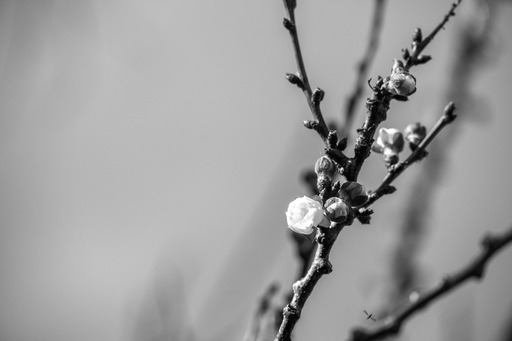Exploring grief through the arts
16 Jan 2024 - by
This article was originally published in Engage.
When it comes to thinking about the big issues (suffering, God, life, death) – nobody really has the answers. Philosophers and theologians may provide us with their arguments, but even the best of these have some degree of uncertainty. When these issues touch us personally, any attempt to reach a conclusion can sometimes seem inappropriate. Instead, we want to explore the pain and the possibility of unanswered questions. We want to express our emotions: our pain, our doubts and our grief. We want to wrestle with God, rather than have him speak to us from a burning bush.
The creative arts allows us to sit with the uncertainty of not knowing. Its purpose is not so much to reach a particular point of view, but to evoke deep reflection or emotion. It is an exploration that often ends in a question-mark.
The bible itself does not always provide easy answers. In the Psalms. King David voices his pain and feelings of abandonment, but also includes expressions of faith. While David may occasionally reach conclusions, it is the exploration itself, and the tension between pain and hope, that is the focus. His chosen method of poetry lends itself to this in a way that more narrative literary styles cannot. In the same way, creative arts now can explore Christian concepts in ways unsuitable for a theological essay or sermon.
Recently, someone very close to me passed away. I had lost people I loved before, but the grief from this death affected me in a way I had never previously experienced. People offered platitudes, as they often do. Yet they seemed meaningless and failed to give me the assurance I so desperately wanted. I finally realised I was searching for answers, but there are no answers when it comes to death. We may form conclusions, based on faith and reason. But in the end, none of us really know. All we have is questions.
It was then that I turned to the creative arts, not just to explore the questions that were troubling me, but also as a form of healing. Through creativity, my pain and grief were not something to be ‘managed’ or ‘cured’, but could be expressed in their full form. While I do not write a lot of poetry, I do tend to return to it when I am dealing with heavy emotions. Poetry gave voice to the thoughts endlessly running through my mind, in a more productive way than dwelling on them or telling them to a friend and have them trying to ‘fix’ me.
I also decided I would take a photograph every day. The same scenes I saw all the time appeared different through the lens of grief. In taking photos, I found that I was not so much ‘capturing’ what was seen, but ‘interpreting’ it and, in a way, letting the world (and perhaps God) speak to me. When I take photos, I am often so caught up in in the process that my thoughts and fears get pushed to one side. This meditative element enabled me to sit comfortably with my grief in a way that seemed almost impossible at any other time. For the first few days, the only time that I stopped crying was when I had a camera in my hand.
The poetry continues but is not as frequent as it was in the early stages. The photography, on the other hand, has become a daily necessity. Sometimes I am not sure whether it an expression of my creativity or a form of therapy. Taking photos has also forced me to look at how my surroundings are changing, and find beauty in what I see. In the midst of my mourning, the new life of Spring has started. Buds have appeared on the trees, which turned into blossoms. Soon they will become fruit. Baby animals, such as bunnies and kangaroos, can be seen all around my house. There is a different smell to the air. On my best days, it feels a bit like hope.
I have created a collection of photos that I took during the first three-months of grieving, which I have titled ‘A journey with grief’. The photos have been grouped in different themes: Darkness Falls, Life and Death, Time is Fleeting, Searching for Signs and Glimpses of Hope. ‘Darkness Falls’ include photos that seemed to speak to the sadness and devastating feeling of loss I was feelings at the time. ‘Life and death’ included photos where life and death come together in nature. While these usually included dead or brown plants, they also carry with them the knowledge that life and death surrounds us all the time. ‘Missing you’ were photos that spoke of absence, or perhaps suggested a loneliness. ‘Time is fleeting’ spoke to the brevity of our time here on earth, and how quickly our time with someone can pass. ‘Glimpses of hope’ is the last of my themes, capturing those times when my photography reminded me that nature is beautiful, and that there is hope even in the midst of grieving.
While this seems to suggest that one moves from one ‘stage’ to the other, in reality grief goes in and out of all these stages all the time. If the photos had been group chronologically, it would have presented a very different picture, with all five stages represented in almost every week. That is why I have called the collection ‘A journey with grief’ rather than ‘A journey through grief’, for grief is not something someone travels through in order to get to the other side. It is something they travel with, perhaps for a lifetime, and all five themes will present themselves at various times.
Darkness Falls
As I was driving home to Araluen, I noticed that the shadows falling across the Valley were quite dramatic at that time. These shadows seemed to reflect my grief and sadness and sense of loss.

Life and death
This photo was taken at the grasslands at the Australian Centre for Christianity and Culture. The dried plants looked quite depressing, seeming to capture my mood. And yet there is also beaty there, and hope – for we know that this area will come alive again.

Missing you
This photo of the swans is perhaps one of my favourite photos I took during this time. At first glance, it looks like there is only one swan. A closer look, however, reveals that there are two swans, but one has its head underwater. This spoke of feeling someone still beside me, even though they were not ‘visible’ in my earthly realm anymore.

Searching for signs
This photo was taken in late afternoon, when bugs flying around in the sunlight streaming over the mountains could be seen as little specks of white – almost like fairies or some kind of spiritual presence. I changed the settings on my camera to give it a more ethereal and less realistic quality, indicating the way that those who have lost someone often search for signs, and sometimes the “real” world feels less important than the spiritual realm.

Glimpses of hope
My intense period of grieving occurred during the early weeks of Spring. So while I went searching for photos that spoke to the grief I felt, I also continually stumbled across moments of beauty and signs of new life. These photos were to be captured too. This photo of an early bud shows that, even when the world seems colourless, new life and joy is waiting.

‘A journey with grief: exploring grief through photography and poetry’ will be exhibited at the Chapel, Australian Centre for Christianity and Culture, 15 Blackall Street Barton.
Opening night is 6.30pm, Wednesday 14 February 2024. Attendance is free, but please register through Humanitix.
Exhibition will be open 10.30-3.30, 15-18 February and 22-25 February 2024.
- Australian Centre for Christianity and Culture
- About Us
- Latest News Assets
- 2023 stories
- Exploring grief through the arts

